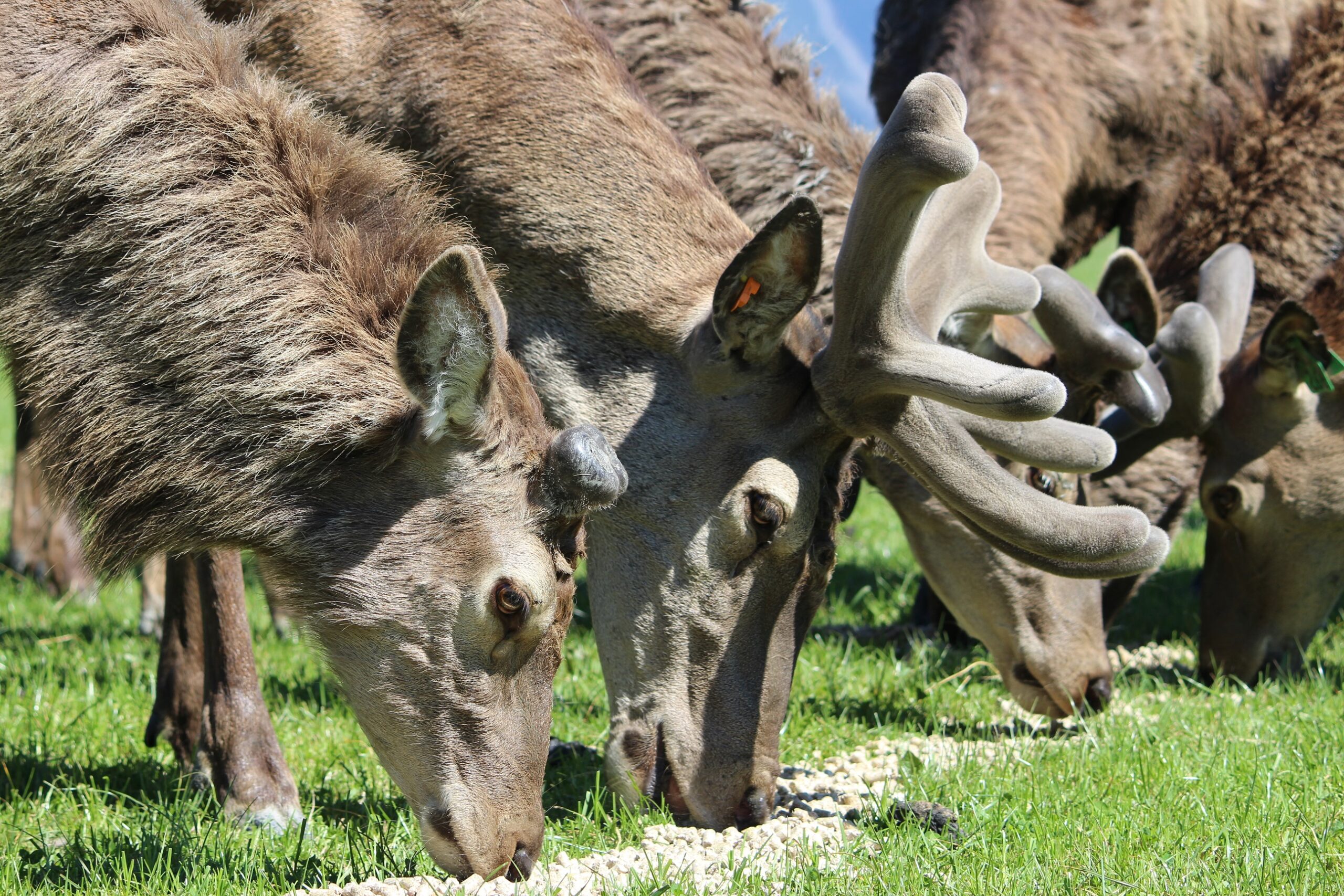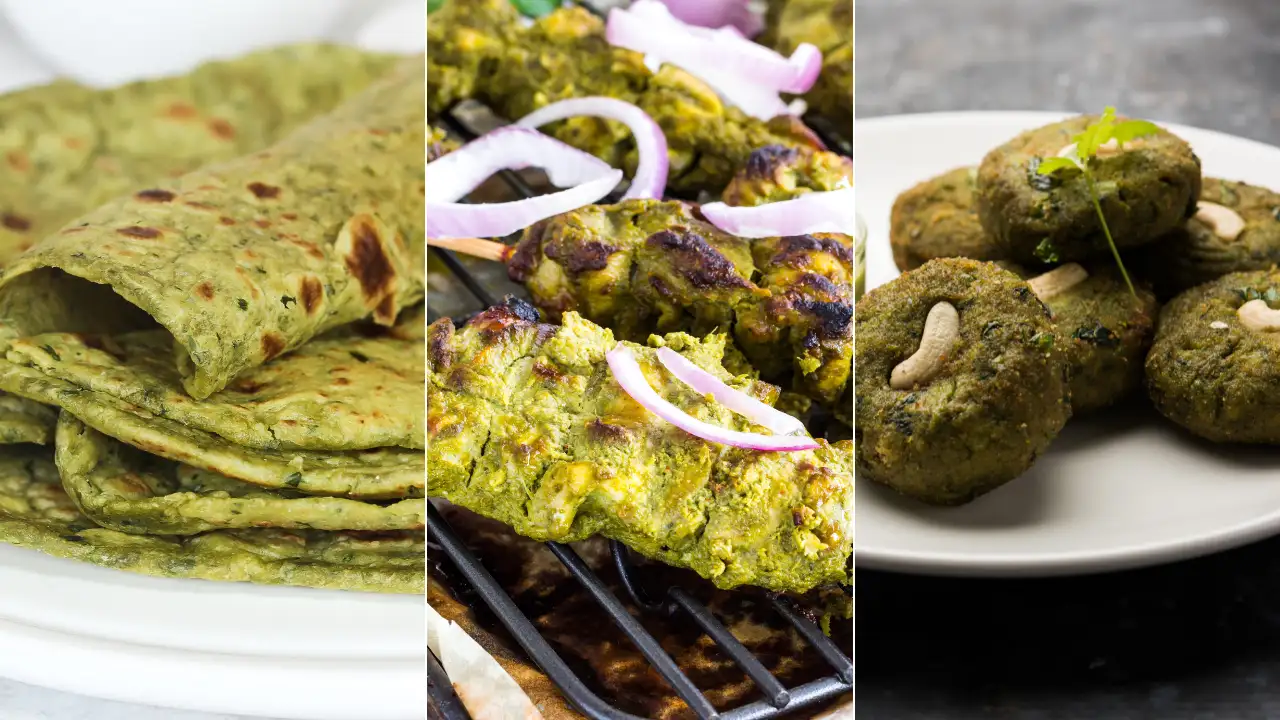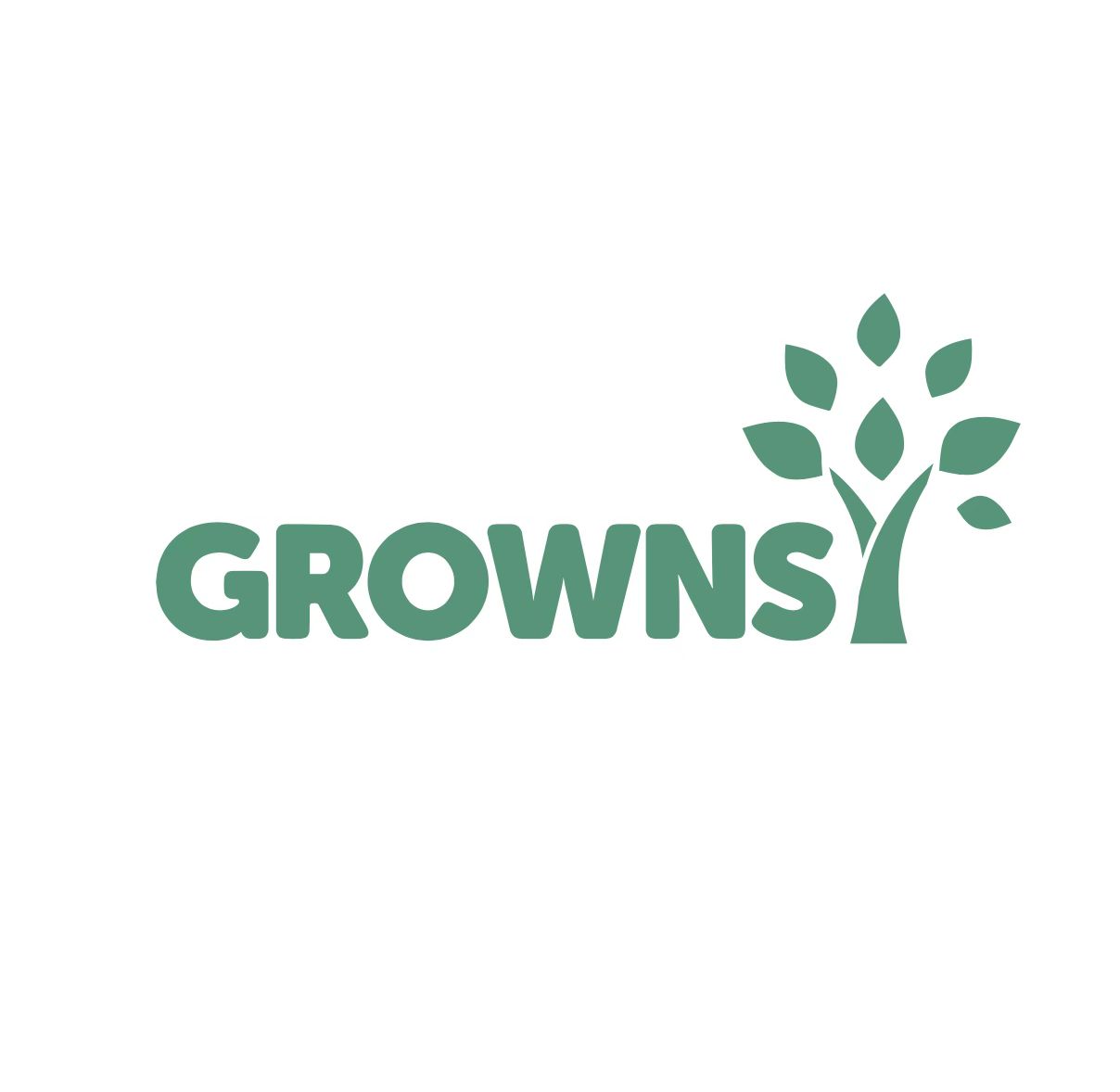By Annette Scott
Copyright farmersweekly

Reading Time: 2 minutes
Vietnam looks set to emerge as a new frontier for New Zealand velvet growers, offering a blend of timing, openness and growth potential.
Deer Industry NZ trade strategy manager Damon Paling said the goal is to foster long-term, equal partnerships between NZ velvet producers and exporters and Vietnamese brand owners who are building trust with their consumers.
“These entrepreneurs already know how to reach and excite their customers,” Paling said.
“With the right support and product, deer velvet and co-products can become the next breakthrough ingredients in their innovation pipeline, one that meets a real consumer need, adds new revenue, and delivers something fresh and aspirational to the Vietnamese wellness market.”
Traditionally, when NZ velvet players think about export markets, the two names that come up are China and South Korea, which have built deep-rooted demand for deer velvet in traditional medicine and functional foods.
“And yet, just over the horizon, there’s a new name beginning to emerge, one that may not have the same scale yet, but which offers a unique blend of timing, openness and growth potential.”
Vietnam is changing, and fast. With a population nearing 100 million, it is among the fastest-growing economies in southeast Asia, forecast to be a top 20 global economy by 2050.
Income levels are rising, a sizeable middle class is emerging, and with it comes greater interest in health, wellness and premium food and supplement products.
While velvet is already understood and consumed, much of it is either locally produced or imported from China and Russia.
NZ velvet offers something quite different: quality assurance, full traceability through VelTrak, ethical harvesting standards, and a clean, green origin story that resonates with Vietnamese consumers.
Paling said while northern Vietnam has a traditional and conservative market for velvet, the south is progressive, brand-driven and open to premium innovation, especially if it’s backed by quality and science.
“As with any emerging market, there is still important work to be done to realise the full value of Vietnam as a velvet and co-product destination.
“This includes identifying which product formats and sales channels yield the best returns per gram of velvet – is it when it is sold fresh, sliced, powdered or in capsule form?”
Equally, there is a need to explore how value chains can best align. What role should NZ exporters play – ingredient supplier, brand collaborator or equity partner?
Compared to velvet from China or Russia, NZ velvet is fully traceable, produced under audited animal welfare standards, free from antibiotics and residues and grown in free-range, grass-fed, cold-climate environments.
“For Vietnamese food manufacturers and supplement companies, this is gold.
“In a market where counterfeits are a concern and brand trust is paramount, being able to tell a story of clean, ethically sourced, traceable NZ velvet can become a unique selling point.”
Paling said it’s important to be clear that “Vietnam is not going to replace our major velvet markets anytime soon”.
“China and South Korea will remain our largest export destinations for the foreseeable future, but Vietnam gives us a third leg to stand on.
“It’s a growth play, and a timing play, because we can show up early and help shape the category as it develops.”



